Best Seasons for Foundation Repairs
Foundation repairs are most effective when performed during periods of stable ground conditions. The optimal time depends on local climate and soil types, but generally, dry and moderate weather conditions provide ideal circumstances for repair work. Avoiding extreme cold or heat can help ensure the longevity and quality of repairs.
These seasons typically offer mild weather with less extreme temperature fluctuations, making them suitable for foundation repair projects.
Cold winter months can cause soil contraction, while intense summer heat can lead to soil expansion, both of which may compromise repair stability.
Timing repairs during periods of consistent soil moisture helps prevent shifting and settling, enhancing repair durability.
Following heavy rain or drought, soil conditions may be unstable. It is best to wait until soil stabilizes before scheduling repairs.
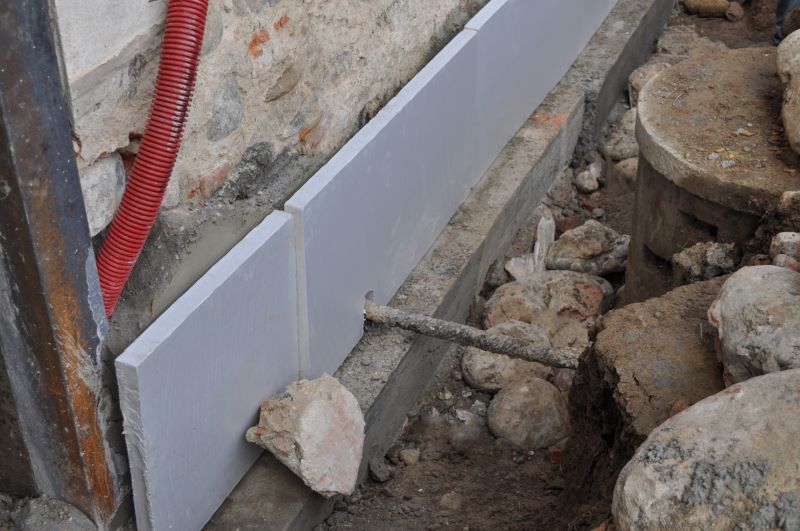
Spring offers moderate temperatures and stable ground, ideal for foundation work.

Summer's warm weather can facilitate certain repair methods, but caution is needed during peak heat.

Fall provides cooler temperatures and less moisture, making it a good time for repairs.

Winter is generally less suitable due to freezing temperatures and soil contraction.
| Season | Optimal Conditions |
|---|---|
| Spring | Moderate temperatures, soil stabilizes after winter. |
| Summer | Warm weather, but avoid peak heat periods. |
| Fall | Cooler temperatures, soil moisture levels ideal. |
| Winter | Cold temperatures, soil contraction, generally unsuitable. |
Foundation repairs are a critical aspect of maintaining structural integrity. Soil conditions, weather patterns, and moisture levels significantly influence the timing and effectiveness of repairs. Properly scheduled repairs can prevent further damage, reduce long-term costs, and extend the lifespan of the structure. It is essential to assess local climate patterns and soil stability to determine the most suitable window for foundation work.
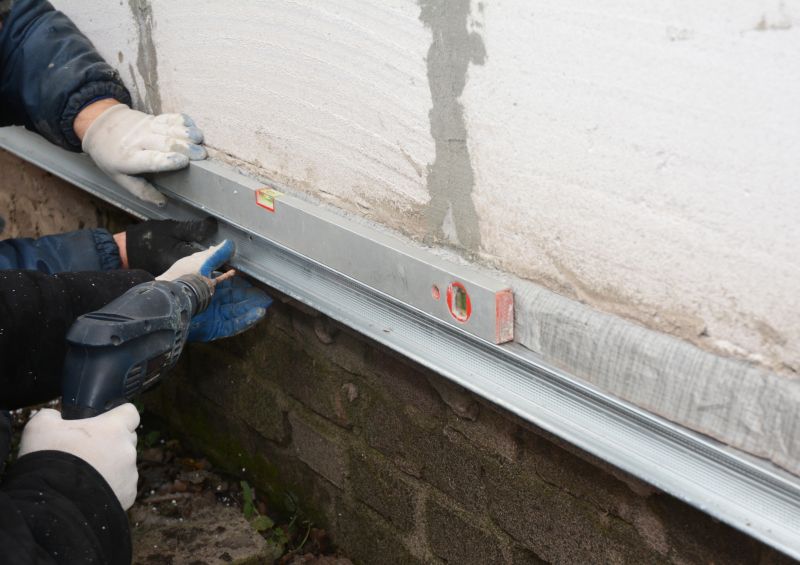
Proper timing ensures the repair process is effective and long-lasting.
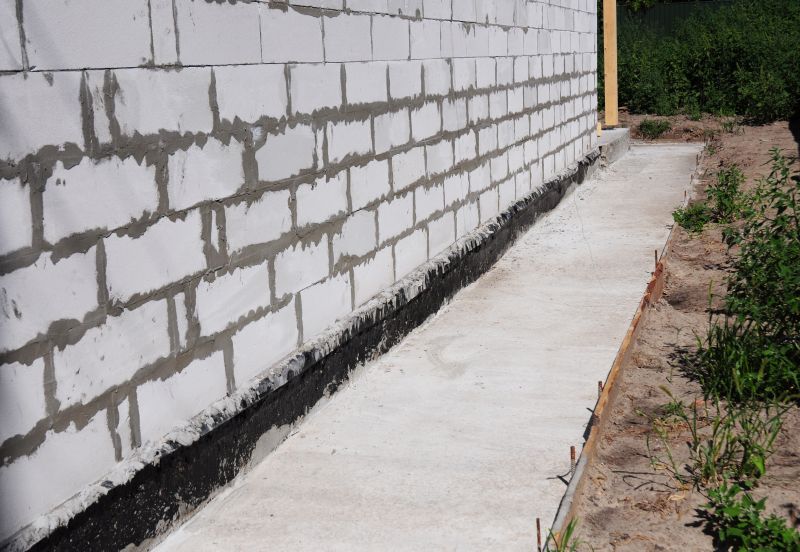
Timing repairs after soil stabilization reduces future shifting.
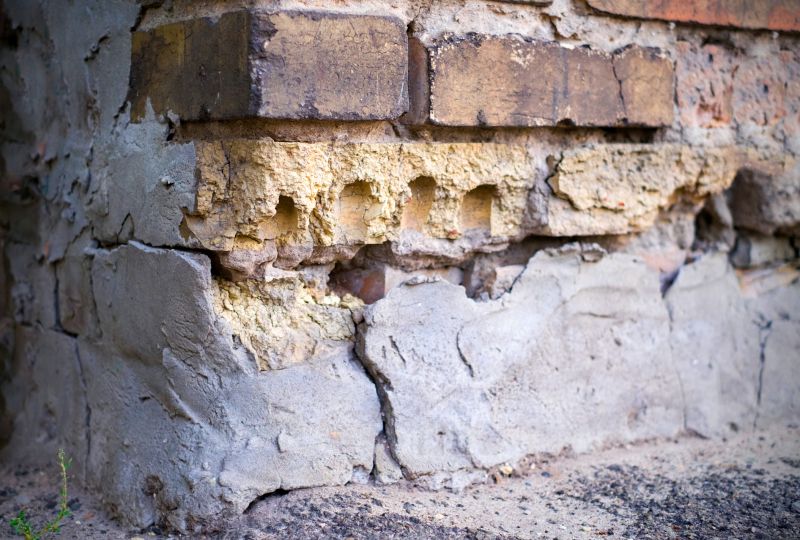
Weather conditions directly affect soil movement and repair success.
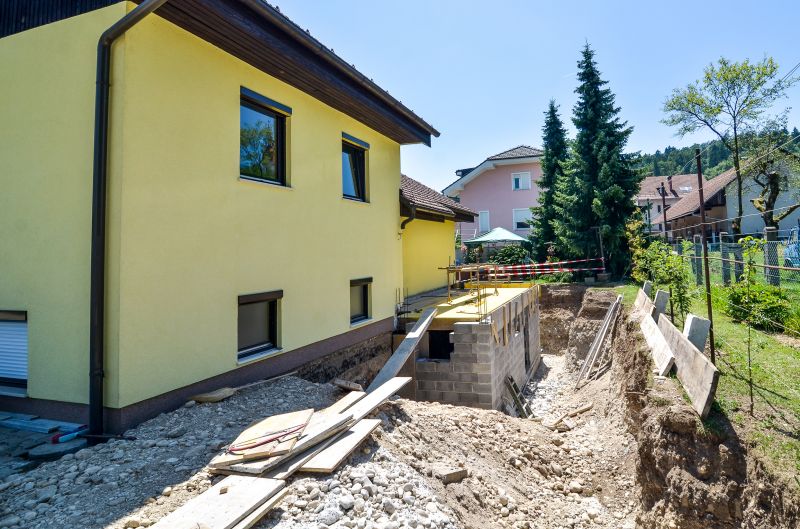
Scheduling during favorable weather minimizes delays and complications.
Timely foundation repairs contribute to the stability and safety of a property. Consulting with foundation specialists can help identify the best time to proceed based on local conditions. Proper planning and scheduling during optimal weather windows can lead to more effective results and longer-lasting repairs.
Individuals interested in foundation repairs should consider local climate patterns and soil conditions to determine the most suitable time. Filling out the contact form can provide access to expert assessments and tailored recommendations for scheduling repairs effectively.
